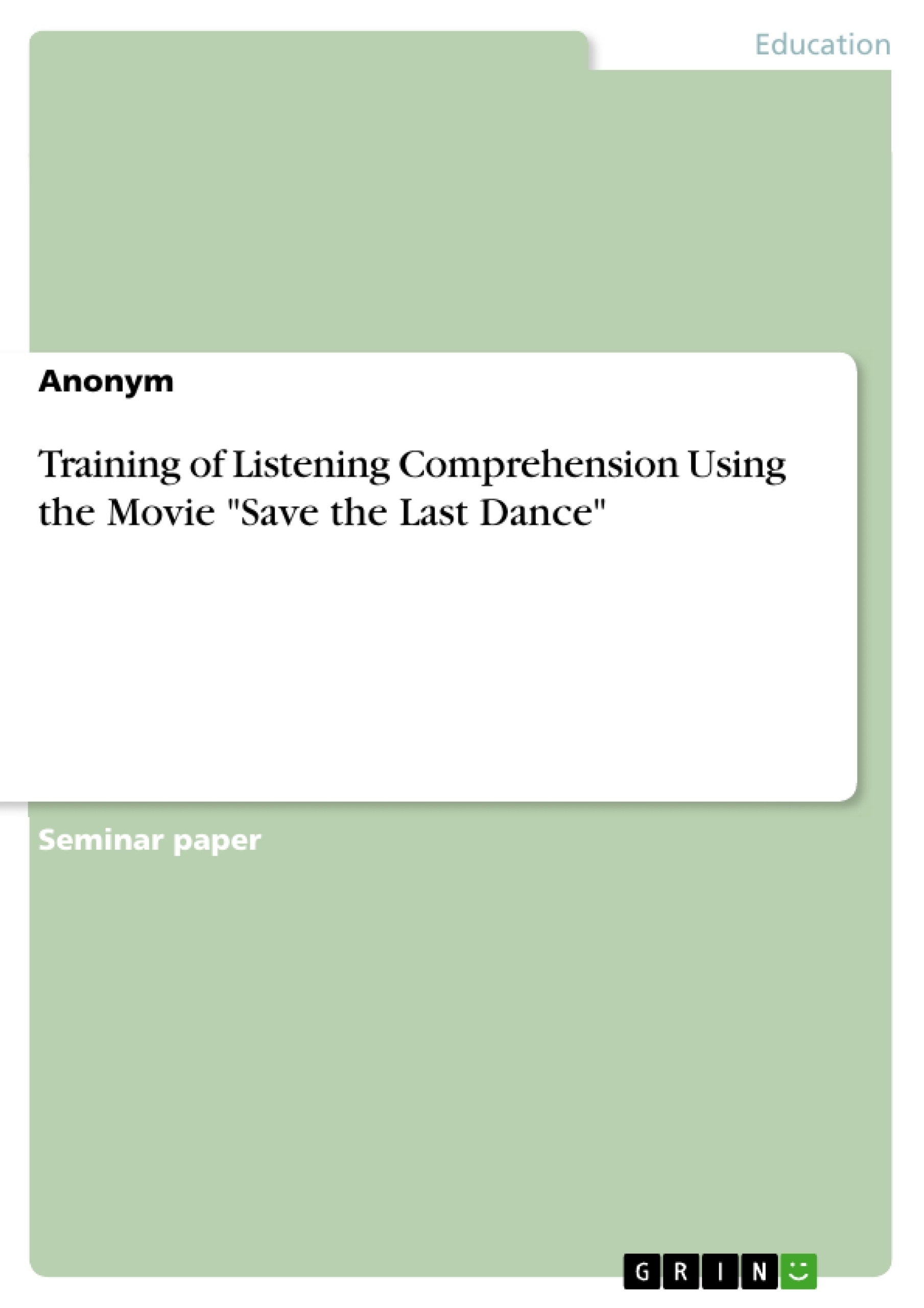In present-day classrooms there are a lot of different forms of media in use. The mostly used types of media are surely the black board and the overhead projector. If one defines media in a very strict sense the teacher himself is of course the most frequently used medium. Besides these well-known types of media there are several others, too. Maier divides the whole class of media into three categories: mass-media, individual media and media for teaching purposes. The mass-media contains all types of media which are suitable to address a great amount of people at one time so for example newspapers, television, radio or movies. The individual media transports contents which are mostly meant for one special person or a small group. Maier mentions amongst others the telephone, letters, e-mails or private photos. Last Meier lists the media for teaching which means all types of media that can be used to teach particular topics.
The one type of media which will be examined a bit closer is the movies as a media for various teaching purposes. In former times movies were not used very often because their acquirement and the technical equipment were both very expensive. Therefore not many schools had such possibilities. But today films have become cheaper and even more accessible. Most schools have mobile DVD- / Television-units or sometimes even video projectors in some classrooms so it is no longer as difficult to view films with a whole class like it was years ago.
Besides the goal of cross-cultural communicative competence which is the highest aim of language learning – according to the educational standards – there are several other competences the students have to learn not least to attain this top goal. One of these other competences is the so-called Sachkompetenz which itself can be divided into four skills: speaking and writing – to produce something – and reading and listening comprehension for understanding the language. In recent literature as well as in the curriculum there is mentioned a fifth skill: mediation i.e. the transfer of information from one language into another either in written form or orally.
Inhaltsverzeichnis (Table of Contents)
- Media in the classroom
- Listening comprehension
- Curriculum of Realschule
- Listening comprehension in the final exams of Realschule
- Using the movie in class
- Summary of the whole story
- Pre-viewing activities
- While-viewing activities
- Post-viewing activities
- Using the movie for further purposes
Zielsetzung und Themenschwerpunkte (Objectives and Key Themes)
This text explores the use of movies as a teaching tool in foreign language classrooms, specifically focusing on the implementation of the movie "Save the Last Dance" in a 10th grade Realschule class in Germany. The text delves into the theoretical framework surrounding media in education, emphasizing the importance of incorporating authentic materials to enhance language learning and cross-cultural understanding. It also examines the specific objectives and requirements for listening comprehension within the German Realschule curriculum and final exams.
- The role of media in foreign language education
- The importance of authentic materials in language learning
- The integration of listening comprehension skills in the Realschule curriculum
- The use of movies as a tool for developing listening comprehension skills
- The potential of movies to enhance cross-cultural understanding
Zusammenfassung der Kapitel (Chapter Summaries)
- Media in the classroom: This chapter introduces the concept of media in education, highlighting the various types of media used in the classroom and the advantages of using movies as a teaching tool. It discusses the historical context of movie use in education and the growing accessibility of films in contemporary classrooms.
- Listening Comprehension: This chapter explores the importance of listening comprehension as a key skill in foreign language learning. It outlines the specific objectives and requirements of listening comprehension within the German Realschule curriculum and final exams. The chapter also discusses the need for authentic materials to develop listening comprehension skills.
- Curriculum of Realschule: This chapter examines the legal framework of foreign language education in Bavarian Realschulen, highlighting the curriculum and educational standards that define the goals of language learning. It emphasizes the importance of practical training and the development of communicative skills, particularly listening comprehension.
- Listening comprehension in the final exams of Realschule: This chapter focuses on the listening comprehension component of the Realschule final exams, outlining the different tasks and the factors that influence the difficulty of the tasks. It provides insights into the specific skills assessed in the listening comprehension test.
- Using the movie in class: This chapter introduces the movie "Save the Last Dance" as a potential tool for preparing students for the Realschule final exams. It provides a brief overview of the movie's plot without revealing any major spoilers. The chapter also discusses the various ways the movie can be used in the classroom, including pre-viewing, while-viewing, and post-viewing activities.
Schlüsselwörter (Keywords)
This text explores key themes such as media in education, foreign language learning, listening comprehension, authentic materials, cross-cultural communication, and the use of movies in the classroom. It focuses on the specific context of the German Realschule curriculum and final exams, highlighting the importance of developing listening comprehension skills for authentic language use. The text also draws attention to the potential of movies as a valuable resource for enhancing language learning and fostering cross-cultural understanding.
- Quote paper
- Anonym (Author), 2010, Training of Listening Comprehension Using the Movie "Save the Last Dance", Munich, GRIN Verlag, https://www.grin.com/document/319756



